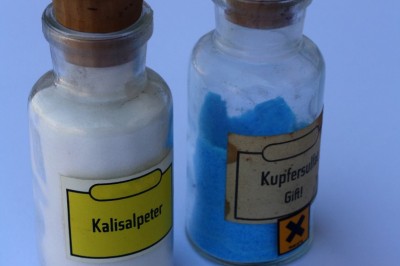Ten Interesting Facts You Need To Be Aware Of About Japanese Knotweeds
The Japanese knotweed is also known as Japanese bamboo, sally rhubarb, fleeceflower, and Himalayan fleece vine. It has invaded large areas in the European Union and Northern America. It is native to Japan but was brought to the UK in the 1800s as an ornamental plant. However, today it has wrecked havoc and overrun local plants thus, threatening the diversity of the place. If you see this weed taking its hold on your garden or the empty lot adjacent to your house then there a few facts you need to know about.
Need to Know Fact #1:
One of the amazing things about this weed is that its root, also known as rhizome, can grow up to seven meters from the main stem and can grow three meters into the ground. Talk about taking hold!
Need to Know Fact #2:
A small piece of the plant, as little as the size of your pinkys fingernail, can grow into a new plant. They can easily grow even in water medium so that rivers can be a contributing factor to the spread of the weed since one of their thriving areas are riverbanks.
Need to Know Fact #3:
This weed is extremely hard to control given fact #2 and also because it is a survivor. It can grow amidst any conditions. The invasive Japanese knotweed can grow and thrive in any type of soil, light, and weather, even breaking through concretes if needed.
Need to Know Fact #4:
It was first brought to the UK from its native Japan as an ornamental plant by the Victorians in 1825. In the late 19th century, it made its way across the Atlantic to the US. Interestingly, all Japanese knotweeds found in Europe are females.
Need to Know Fact #5:
There are two known natural pest control for this plant: the psyllid, Aphalara itadori and a leaf spot fungus from genus Mycosphaerella. The psyllid, also known as jumping louse plant has been seriously considered for introduction in the UK as biological control.
Though it is more known for the detrimental effects it can impose on the local plant population, there are a few good things one can say about Japanese knotweed.
Need to know Fact #6:
The young stems of the plant can be eaten as a spring vegetable, its flavor comparable to mild rhubarb. In some areas, this practice has been a way of controlling the weed.
Need to Know Fact #7:
The flowers of this weed are especially valuable to beekeepers as a source of nectar for honeybees. The honey produced from this weed is somewhat like the buckwheat honey though milder.
Need To Know Fact #8:
It also has herbal medicine applications. It is one of the sources for resveratrol, a phytoalexin known to have some beneficial health effects, and emodine, which is a natural laxative used in traditional Chinese and Japanese medicines to regulate bowel movement.
Need to Know Fact #9:
The weed as also been used as a form of erosion control due to its fast growth. In Japan, it is grown along sandy seashores since it can readily withstand the wind and spray.
Need to Know Fact #10:
Another unknown and quite interesting fact about Japanese knotweed is that you can obtain a yellow dye from its roots. Seven meters long and three meters deep roots are a lot of dye, isnt it?
Knowing these things about this weed can make its control and management less strenuous. Japanese knotweed removal is a costly affair but since it can be eaten, has herbal applications, and can even be a source of dye, the process will be more manageable.
Jo is an author and publisher for Japanese Knotweed Solutions, (http://www.jksl.com), specialists in Japanese Knotweed elimination. If you are a keen gardener, a home builder or a lover of nature, before too long you will stumble upon this horrible weed. Japanese Knotweed is one of the most damaging weeds, producing colossal amounts of damage each year to homes, concrete structures, and the countryside.






















